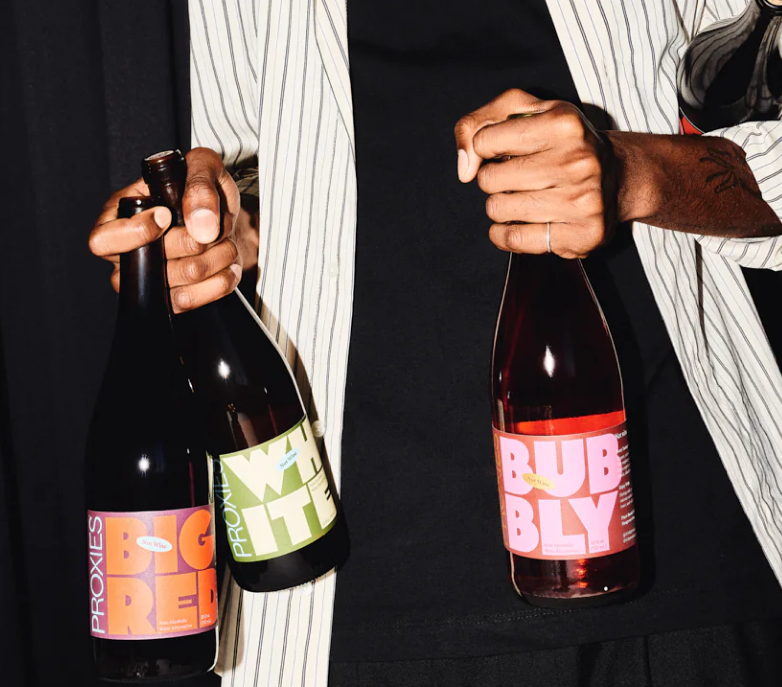
Acid Test with Michael Harlan Turkell
Share
Photos by Michael Harlan Turkell
Welcome to Acid Test with Michael Harlan Turkell, photographer, podcaster, ex-cook, and author of ACID TRIP: Travels in the World of Vinegar. This is someone who got so obsessed with vinegar that he had to travel the world trying every variety he could find. His book chronicling those travels was a huge inspiration for us in the early days of experimenting in our lab, and we continue to go back to it for ideas on how to push vinegar forward in new flavor directions. Read on to learn more about what inspired him to go down the vinegar rabbit hole...

What does acidity mean to you?
It's that tingle, that flavor sensation that opens up your olfactory as much as it sets off the palate. It brightens up other flavors—the fluid for the conduit. It's about balance, and not necessarily an overpowering acid bomb that makes you cough and wheeze. Acidity is a delicate adjustment that finds a fine line between too much and not enough.
What does acidity bring to food?
It's a flavor conveyor. Yes, vinegar has its own inherent flavor, but it’s also the way it opens up other flavors that makes it most magical. It gives certain sauces a bracing backbone, while others, a solid foundation.
How did you get so interested in vinegar?
The non-interventionist nature of it all intrigued me, and I became obsessed, making vinegar out of everything from starches to sugars to alcohols ... so much so, I had to travel the world to seek out more inspiration, and wrote a book about it.
What makes a great vinegar?
There are so many great vinegars out there, and each one is special in its own way. I wouldn't use a traditional balsamico in place of a red wine vinegar, nor an apple cider for rice. I'm hoping Acid League becomes a favorite, because from what I've seen, the inventiveness has broadened the idea of what vinegar can be. I think that's the most exciting part of vinegar—it shouldn't have categorical limitations!

What’s your favorite flavor-tripping memory?
If there's one place that still has me humming, it's Kagoshima, for Japanese black vinegar (kurozu). A vinegar somewhat similar to the idea Chinese Chinkiang vinegar that you'd find on restaurant tables alongside long noodles and/or soup dumplings, but in southwest Japan, it's more of a libation than a pantry ingredient. It's barely part of the regional cuisine, but it's so prominent that it now is a national treasure with protected status, like wines of appellation.
The most interesting way I had it was as Ringo-Kurozu Miruku (Apple Black Vinegar with Milk). A drink offering at Sakamoto Kuruzo (one of the many black vinegar breweries in the Kirishima City area). Usually ringo-kurozu is mixed one part vinegar to five parts water for a refreshing drink, but in Sakamoto’s tasting room you can try their “breakfast smoothie,” which combines a shot of vinegar with milk, forming small curds, with a silky texture and sweet flavor—part lactic, part acetic, all tang.






